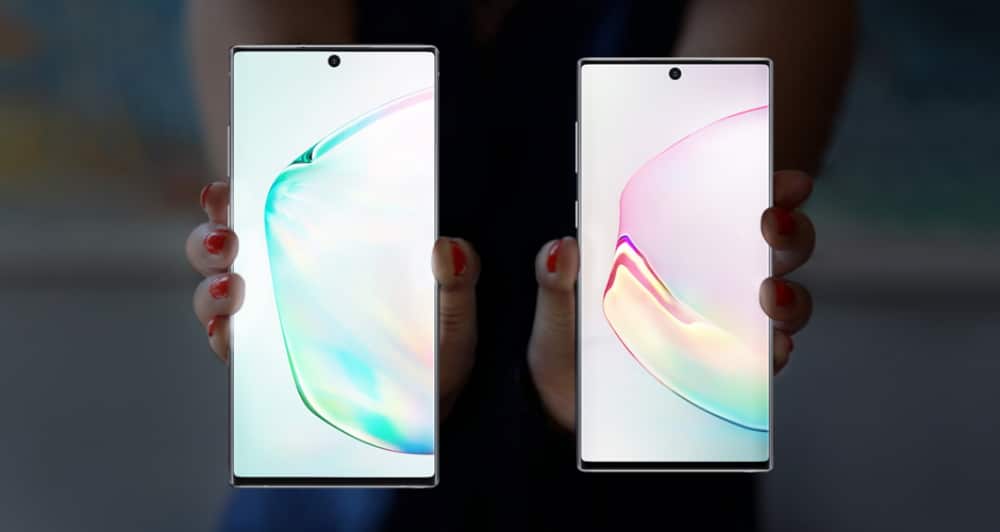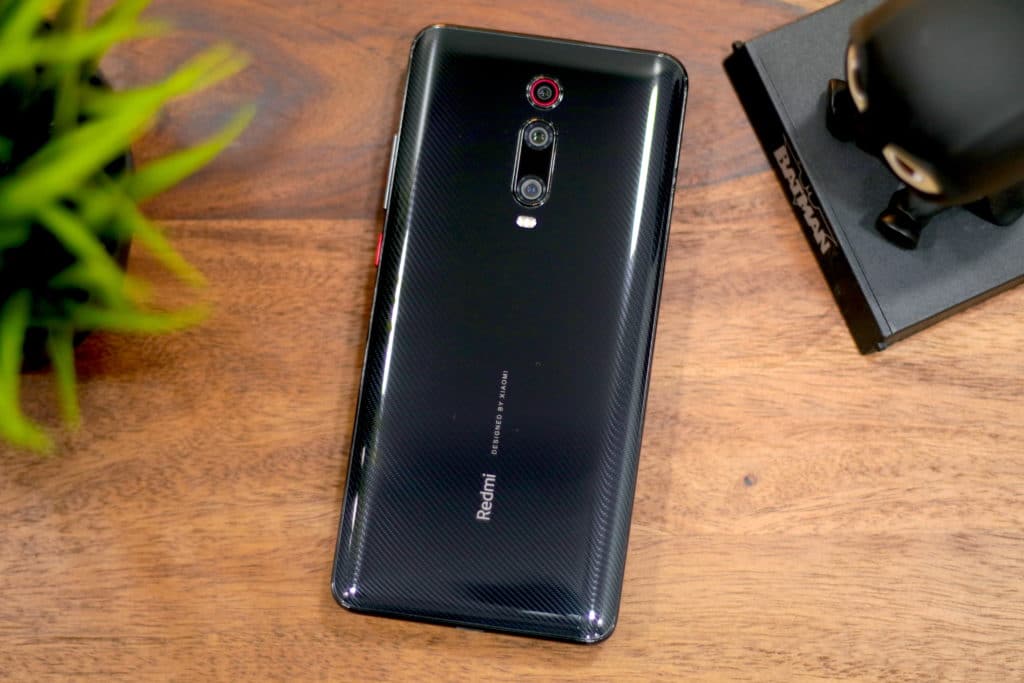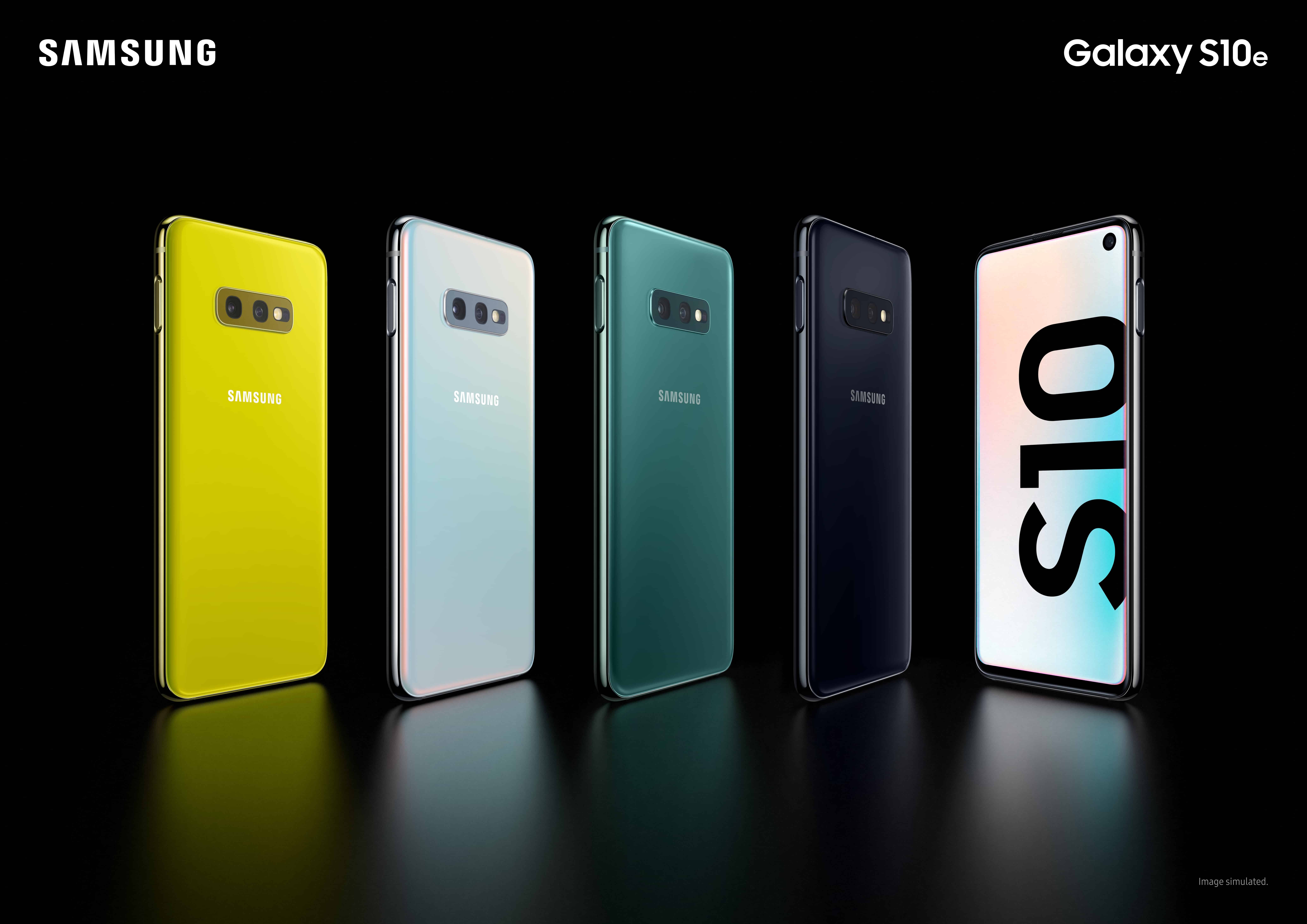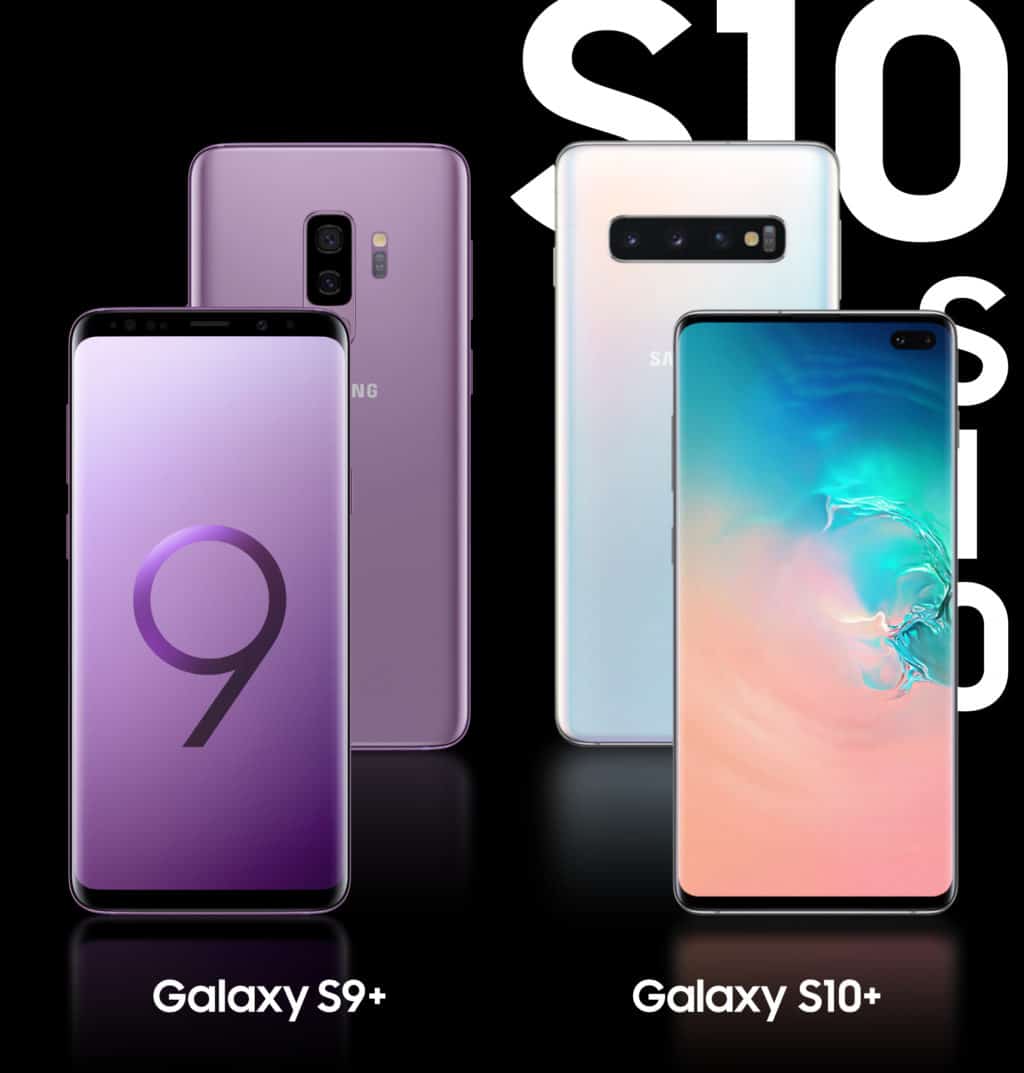Whoa there! We’re not talking a spec-biased rundown of the six most highly specified Android phones at the moment – just watch the front page of Android Beat to see the usual candidates and their successors fly past. What I’m tackling here is a rundown of the most significant Android-powered phones… ever. OK, since 2008 or so, when Android as an OS started to get cranked into action. Without the six landmark phones here, I contend, the Android world would look rather different today.
Top 6? Not ‘5’? It’s a fair cop, after agonising for hours, I couldn’t bear to lose one off this list, so top 6 it is. It’s also worth noting that, unlike previous ‘top’ lists, this one’s in chronological order, for reasons which will become apparent in the text. All six phones are as significant as each other, they’re just spaced out in time.
1. (HTC) Nexus One (Jan 2010)
There had been several Android devices before this, each with compromises in terms of interface and specifications, but this was the very first time that Google spread its cards on the table, commissioning a ‘no holds barred, this is what can be achieved, this is what Android should look like and behave like’ device. The screen was large for its time, at 3.7″ (mirrored by HTC’s own Desire, essentially the same device but with different ‘skin’ and other branding) and was AMOLED, which helped show off Android features like live wallpapers. Staring at bubbles and galaxies animating was, of course, something of a battery-draining gimmick, but we all loved it anyway.

Spot the trackball – the first Nexus!!
Most of all, it got the smartphone world used to the concept of a ‘Nexus’ device, one which introduces the latest and greatest vision of Google for the end user. This was how it ‘should be done’ – at least in software. Nexus devices, often by virtue of coming in cheaper than branded alternatives (a theme I’ll return to below), often did use hardware components that were slightly behind the cutting edge. But we didn’t care – we loved the Nexus One to bits and I’ll bet that an awful lot of Android Beat users owned one at the time.
2. (Samsung) Galaxy S II (Feb 2011)
I remember getting the Galaxy S II back in spring 2011 – almost four years ago – and being astonished. Mainly at the ambition and the specifications, Samsung had put in the best and brightest, most colourful screen, now even larger, a massive 4.3″ – and ‘Super AMOLED Plus’, meaning full RGB pixels and not today’s arguably fuzzier ‘pentile’ arrangements. For 2011 it was simply astonishing. But more than this, the camera was amazing too, rivalling much of the best of Nokia at the time, the speaker was good, and you could expand it all with a microSD card. Whereas the original Galaxy S had been little more than an Android-running iPhone clone , the S II struck out on its own and with style.

Colourful, brash, huge and hugely specced….
So it was a little plasticky around the edges and dented easily, so it was prohibitively expensive when launched, it was a vision of the future in many ways. As is borne out by the Galaxy S II still getting usable builds and updates of modern versions of Android even in 2015, such was the degree of future-proofing in the specifications.
3. (Samsung) Galaxy Note (Sept 2011)
While we’re talking memories, and talking Samsung, any discussion of the trajectory of Android devices has to include the first Galaxy Note. It was a 5.3″-screened oddity, something of a lemon, far too wide (with an unusual 16:10 aspect ratio) and with a stylus, of all things. I declared it three years ago to be the highest specified Android device I’d ever held, yet one which I didn’t consider a ‘phone’ in the traditional sense, was far too pricey, and which I thought had a very niche use case.

The original Note – sooo wide….
And I was right, the original Note sold relatively poorly by modern standards. Yet it opened the door to an entirely new category of phone, the ‘phablet’ (phone-tablet hybrid) – or at least it did once Samsung had iterated the concept a little, slimming it down for the Note II by switching to a more standard 16:9 display and making it much easier to hold and use. The Note 3 and 4 followed, each time using the very highest specification components that Samsung could find (or make) and with cost no object, while selling remarkably well into the wider phone market. Yet none of this success would have occurred unless the original Galaxy Note had been produced to ‘test the water’.
4. (LG) Nexus 4 (Oct 2012)
As with the Galaxy Note above, the Nexus 4 was something of a technical lemon, in that its LCD display was less impressive than its predecessor (the AMOLED-screened Galaxy Nexus), the battery was sealed, the camera rather poor, I could go on. But the Nexus 4 makes this list because it was the first Nexus device to introduce the idea that you didn’t have to pay top dollar to get decent specifications in the Android world. Yes, I’ve just gone over some of its deficiencies, but at the same time it had a 1.5GHz quad core chipset (which was very good at the time), 1080p video recording, NFC and every other internal spec you could imagine, all for a launch price of £239 SIM-free.

The LG-made Nexus 4
In other words, it came in at well under £150 less than any other comparable device (and compare this to the Galaxy Nexus’s £549 launch price). Google were presumably subsidising the price to some degree – or at the very least, not demanding that great profits be made – but the Nexus 4 started a movement to better value Android phones that continues to this day. The Nexus 5 was similarly good value and even the new Nexus 6 is cheaper than one would think from the paper specifications.
5. HTC One (M7) (Feb 2013)
Apple iPhones are premium hardware, right? And Android phones are a bit plasticky? That, at least, was the general impression up until early 2014, when HTC – known for experimenting with metal on occasional models, went all out and created an aluminium unibody smartphone that equalled anything Apple could do and then went one step further.

The HTC One (M7)…
As it turned out, just as with most other models in this list, the HTC One (M7) turned out to be a compromised device for day to day use, mainly thanks to a strange choice of camera technology (‘ultrapixels’, of which more in a feature coming soon), but its two-fold advantages both had big repercussions through the rest of the Android world:
- The use of an aluminium frame has been widely copied, not least by the likes of Sony and Samsung – yes, even plastic-fantastic Samsung is now rolling out metal frames to its top smartphones. Truly, pigs have flown. All-plastic designs are now very much for low and mid range devices. All thanks to the HTC One (M7).
- The use of twin forward-facing speakers of incredible fidelity also started a trend. Previously, speakers had been back mounted, usually a bit ‘scratchy’ and always mono. Since the One (M7)’s debut, we’ve seen copycat layouts on smartphone fronts on Sony and Motorola designs, even though none have matched HTC’s engineering in terms of audio quality just yet.
In fact, you could even add a third innovation that was significant – although the ultrapixel camera produced disappointing images in the grand scheme of things, it did allow for continuous burst mode, with frames being taken even before the shutter icon was tapped. The idea of shooting everything and then picking the best moments is something that has also rippled through smartphone imaging in the last two years.
So whichever way you look at it, the HTC One (M7) was a groundbreaking device.
6. (Motorola) Moto G (Nov 2013)
“But…” I hear you protest, “the Moto G is a budget phone!” Exactly. Despite the appearance of the aforementioned Nexus 4 to show that you didn’t have to pay the earth for a fast and powerful Android smartphone, the arrival of the almost Nexus-like Motorola Moto G just over a year later, at a launch price of only £130 or so, broke new boundaries. Broke? OK, smashed the boundaries to smithereens. A solid body with 4.5″ high quality 720p LCD screen, a decent quad core processor, every sensor that’s needed, all for less than a quarter of what the Android flagships were selling for.

The groundbreaking (in price) Moto G…..
This was all possible in part because Google had bought Motorola (before selling it on to Lenovo) and the close links between the two companies had resulted in the Motorola phones having very ‘light’ skins that didn’t need huge amounts of software re-work over and above what Google was producing anyway for the Nexus devices and the AOSP. It was also due to Motorola very skilfully distilling down what makes a successful Android smartphone for a ‘normal’ user (as opposed to an enthusiast) and producing no more, no less. No designer indulgences (ok, ok, maybe the famous Motorola ‘dimple’), no over the top components.
Yet again, for this list, I’d point out that the Moto G itself was flawed for day to day use in that the internal storage (starting at 8GB) wasn’t enough for most people, as quickly proved by a tweaked model for 2014 that had a microSD card slot, plus LTE also got shoehorned in – yet all while keeping the terrific reputation for value for money.
_____________
Six landmark Android smartphones then – which ones did you own?









